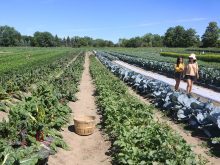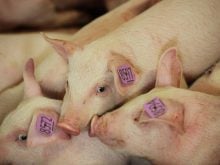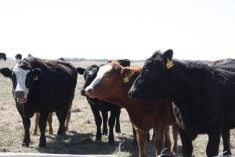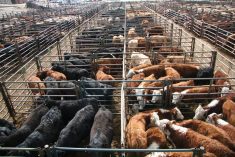BANFF, Alta. — A pork quality assurance program in Minnesota goes beyond good animal husbandry.
Modeled after standards set in Denmark, the Minnesota Certified Pork program is designed to convince consumers that their food is free of disease-causing bacteria.
“Trust of consumers is tumbling down badly,” said Thomas Blaha, professor of veterinary medicine at the University of Minnesota.
Minnesota’s program, which Blaha helped develop, starts at the farm with a strict set of procedures that producers must follow.
“The responsibility for safe food production starts with the producer,” Blaha told the recent Banff Pork Seminar.
Read Also
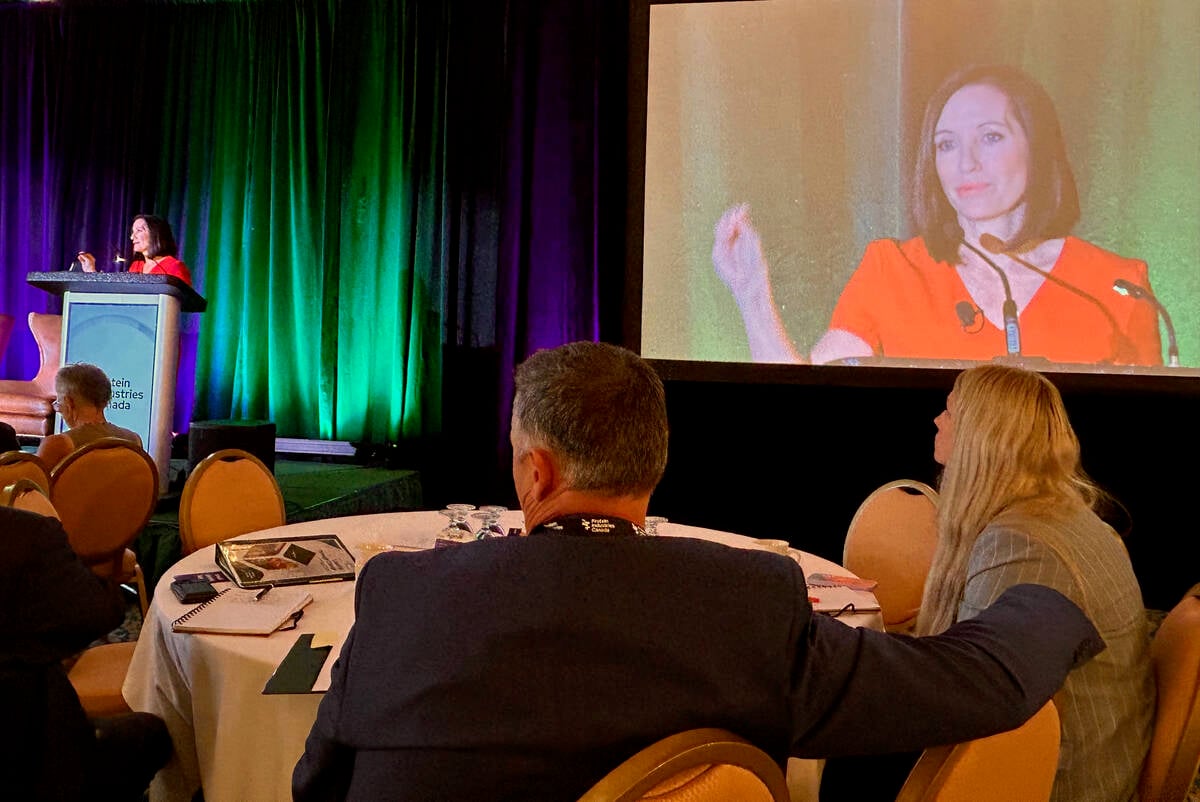
Canada told trade crisis solutions in its hands
Canadians and Canadian exporters need to accept that the old rules of trade are over, and open access to the U.S. market may also be over, says the chief financial correspondent for CTV News.
Some of the procedures were established by talking to the meat industry to see what the consumer wants.
A tracking system that traces pork back to the farm of origin is a crucial part of the program.
“We need to work on building up a system of farm identity,” Blaha said.
The program is a series of procedures the pork producer must follow on the farm.
Regular third party audits ensure compliance. The requirements include:
- Good animal husbandry on the farm.
- Hogs must be free of trichnia and toxomplasma.
- On-farm salmonella monitoring is done with random blood tests before and after slaughter.
- Feed must be free of medications, animal byproducts and dioxins.
- A needle-handling procedure must be in place. All needles must be counted. If the numbers do not balance, it’s assumed there is a broken needle in a pig and the suspected pen is marked so that the packer can be made aware of a potential problem.
- Bird, rodent and dust controls must be in place because the dust can carry disease in barns.
- Entries to barns must be separate from exits that are used to load pigs.
Five Minnesota producers had been certified by Jan. 17, 2001.
Blaha said the Minnesota Legislature may designate the program as state-certified, which means the state would help pay to run it.
He said this would be considered an investment rather than a government subsidy to pork producers.





